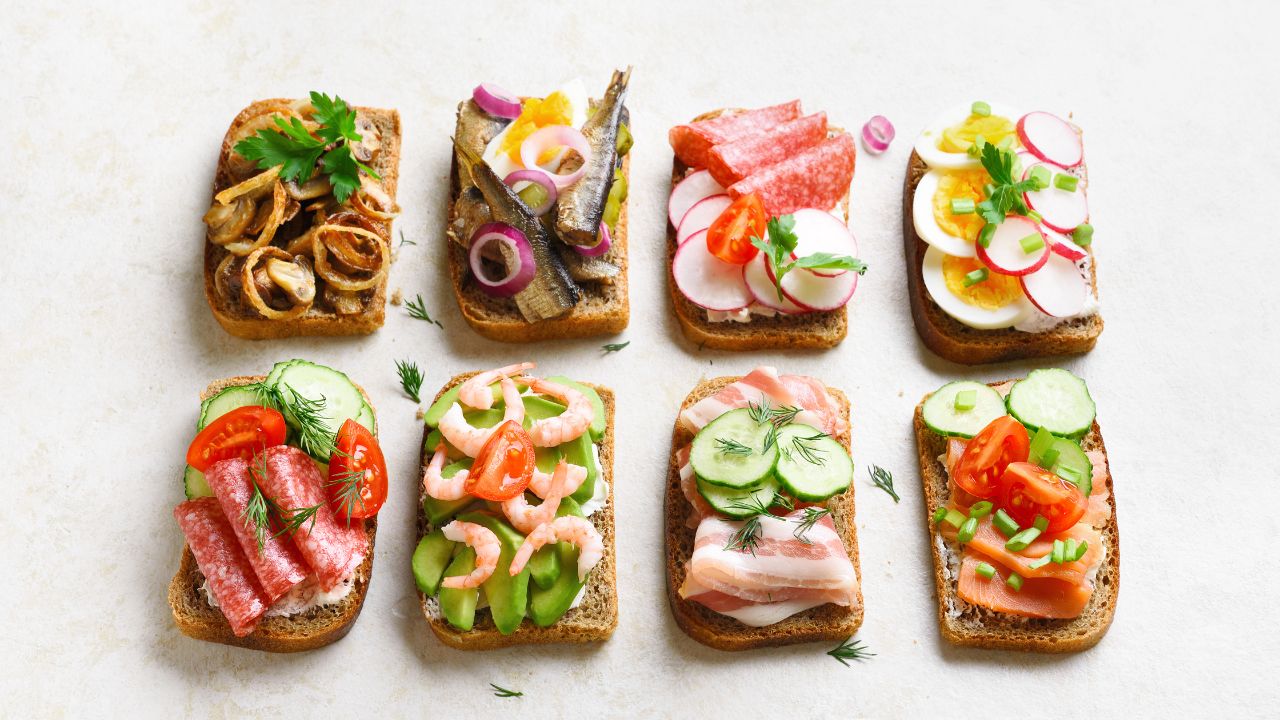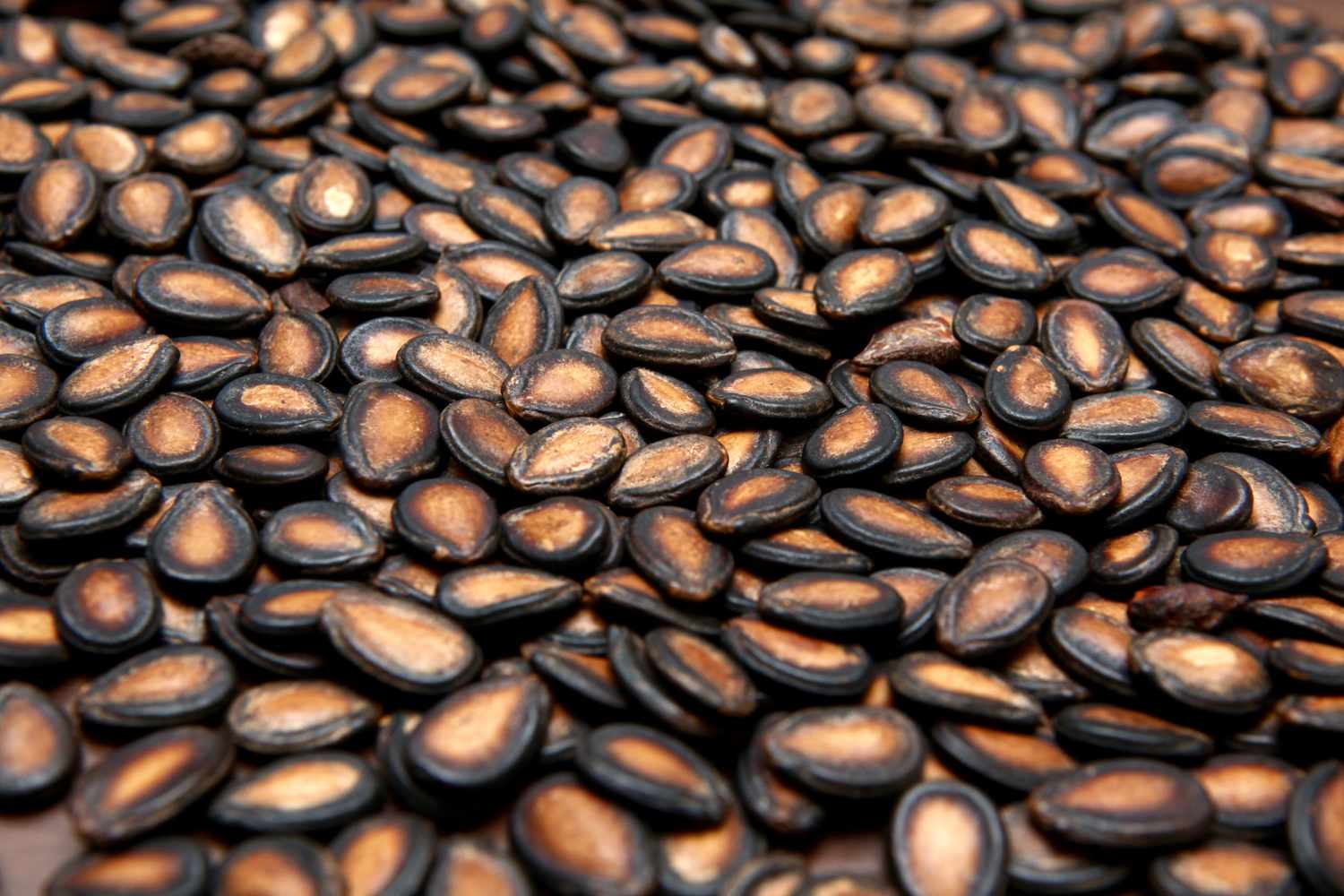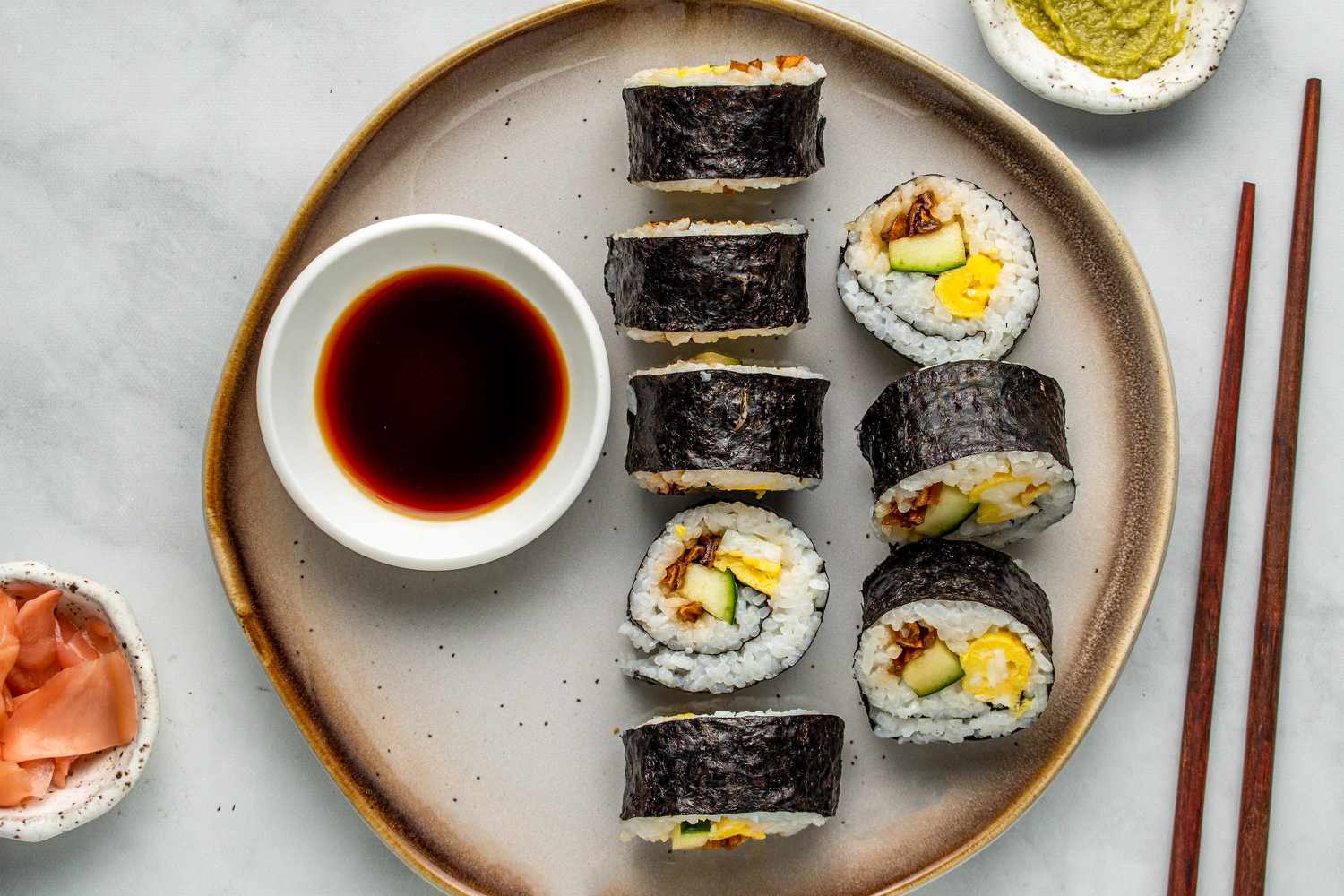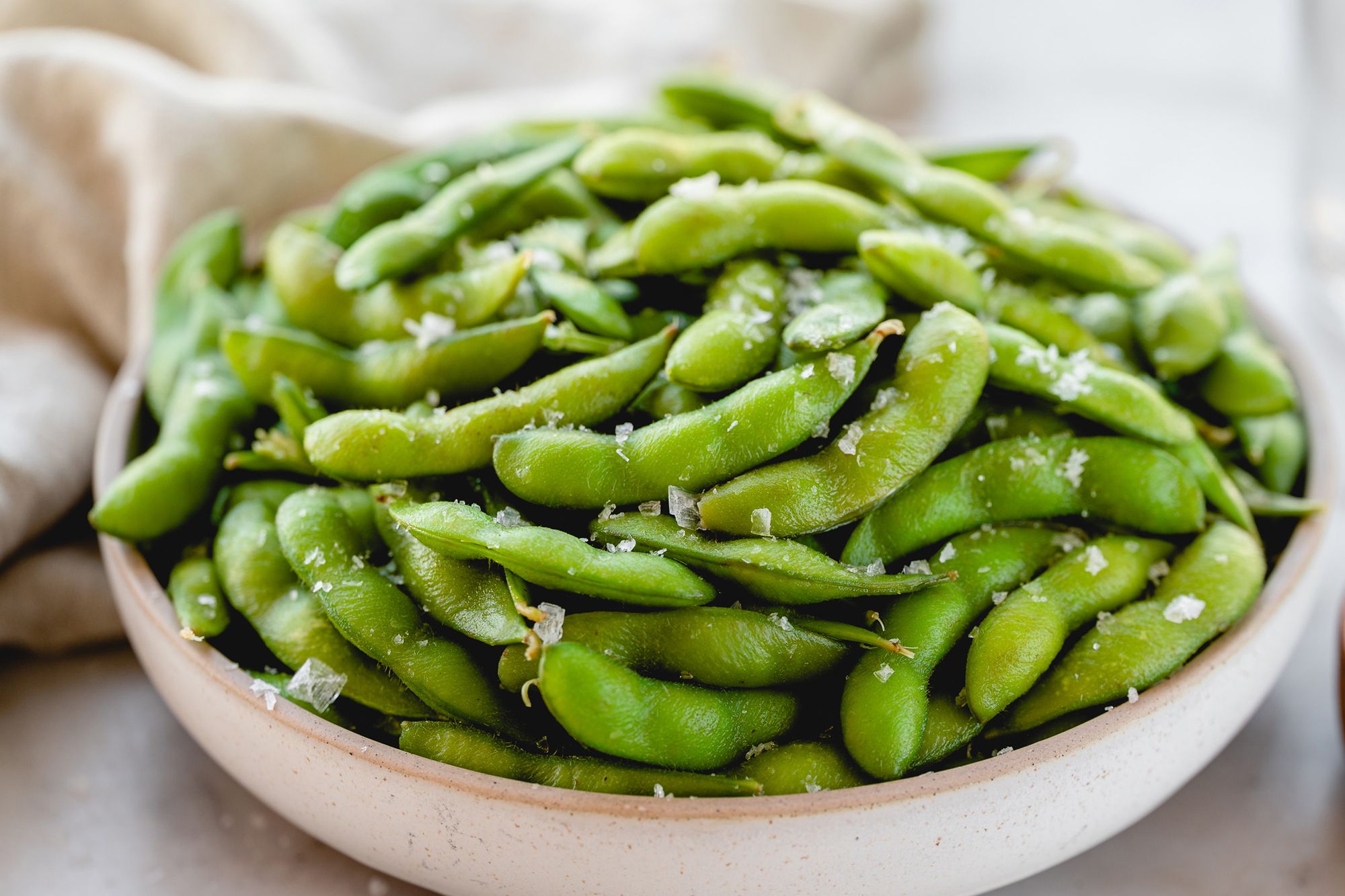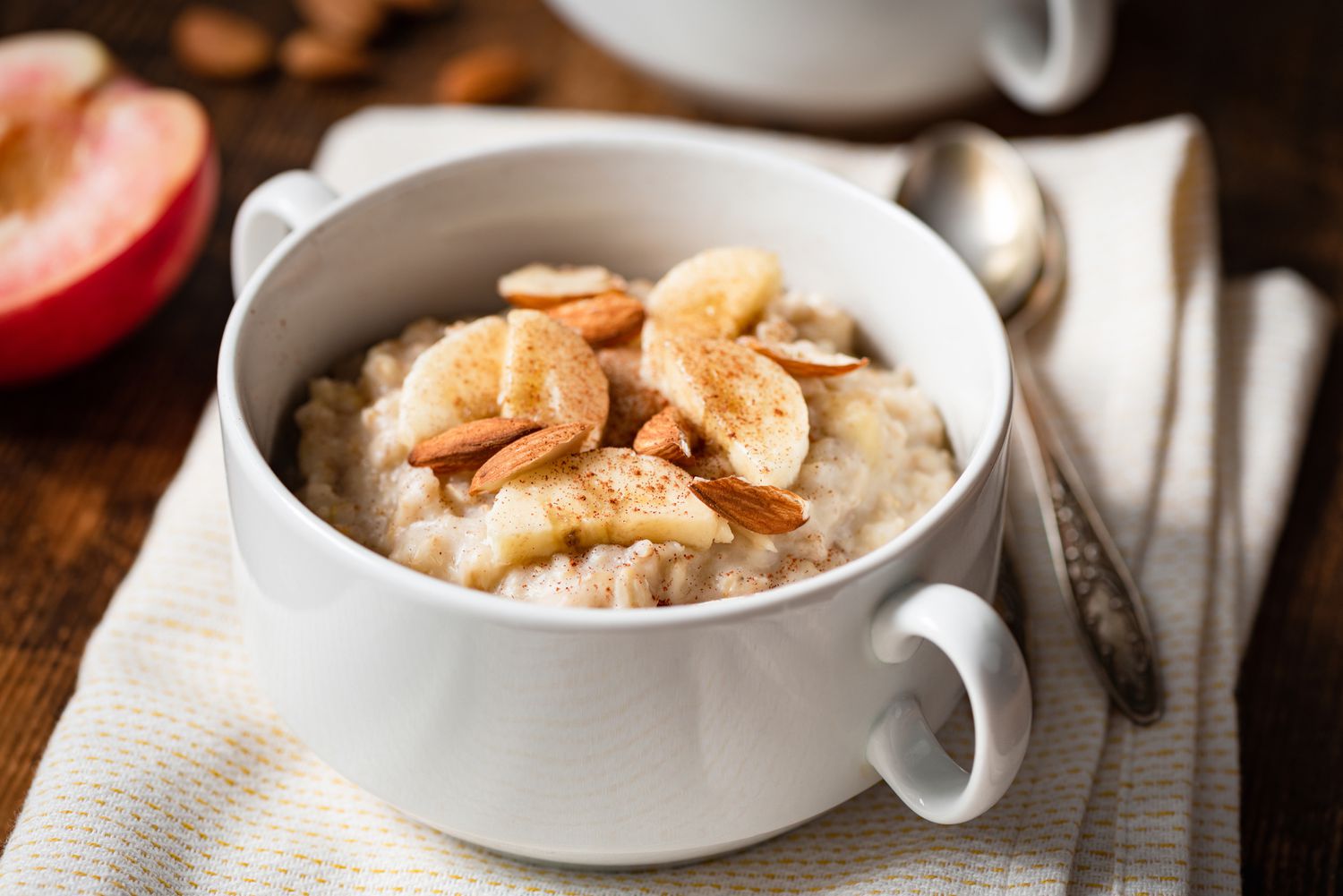How to Nourish Your Body After a Period of Starvation
After a period of starvation, it’s important to reintroduce food to your body in a gentle and nourishing way. Your body has been deprived of essential nutrients, and it’s crucial to support it as you begin to eat again. Here are some tips on how to eat after starving yourself:
Start Slowly
When you’ve been deprived of food for an extended period, it’s essential to start slowly when reintroducing food. Begin with small portions of easily digestible foods such as soups, broths, and cooked vegetables. This will help your body adjust to processing food again without overwhelming your digestive system.
Focus on Nutrient-Dense Foods
After a period of starvation, your body will be in need of essential nutrients. Focus on incorporating nutrient-dense foods into your diet such as lean proteins, fruits, vegetables, and whole grains. These foods will provide your body with the vitamins and minerals it needs to recover and regain strength.
Stay Hydrated
Hydration is key to supporting your body’s recovery after starvation. Make sure to drink plenty of water throughout the day to help flush out toxins and support your body’s natural functions. You can also incorporate hydrating foods such as water-rich fruits and vegetables into your meals.
Listen to Your Body
Pay attention to your body’s signals as you begin to eat again. It’s normal to experience digestive discomfort and bloating initially, but if you experience severe pain or discomfort, it’s important to seek medical attention. Be mindful of how different foods make you feel and adjust your diet accordingly.
Seek Professional Guidance
If you’ve experienced prolonged starvation, it’s advisable to seek guidance from a healthcare professional or a registered dietitian. They can provide personalized advice and support to help you reintroduce food in a safe and healthy manner.
Conclusion
Recovering from a period of starvation requires patience and gentle care for your body. By starting slowly, focusing on nutrient-dense foods, staying hydrated, listening to your body, and seeking professional guidance, you can support your body’s recovery and nourishment after a period of starvation.
Remember to be kind to yourself during this process and to prioritize your health and well-being as you reintroduce food into your diet.
More Recipes to Nourish Your Body
After understanding how to carefully reintroduce food to your body post-starvation, it's imperative to incorporate nutritious and gentle recipes. The Fresh Start Salad provides a fresh, hydrating start with simple ingredients that are easy on the stomach. For a soothing, nutrient-rich option, the Healing Chicken Broth is highly recommended, aiding in recovery with its warm, comforting properties. Gradually, one might try the Vitamin-Rich Sweet Potato Mash, which is not only easy to digest but also rich in vitamins. Each recipe serves as a foundational step towards regaining strength and health, making them perfect candidates for anyone looking to follow the guide and revitalize their dietary habits.




